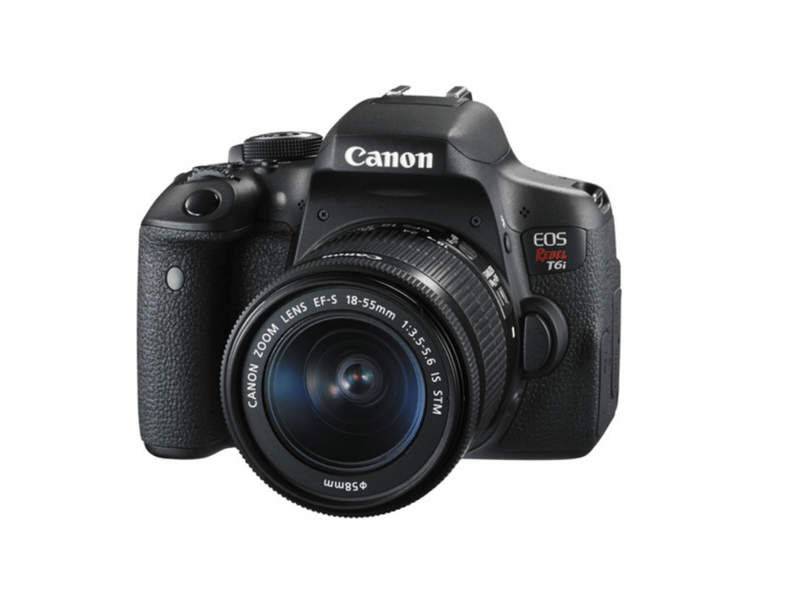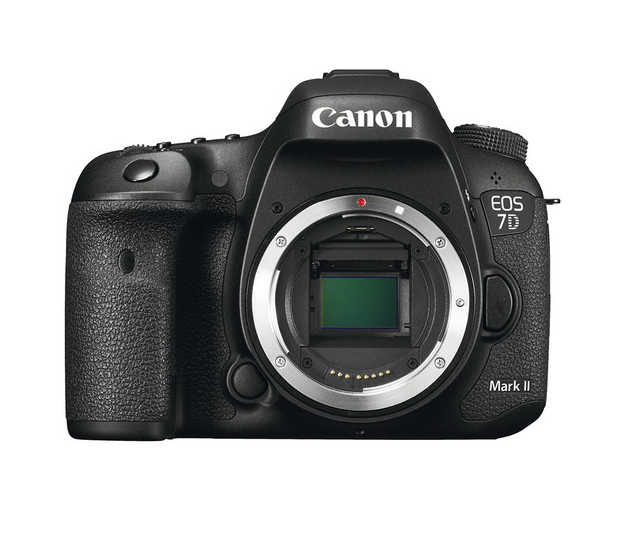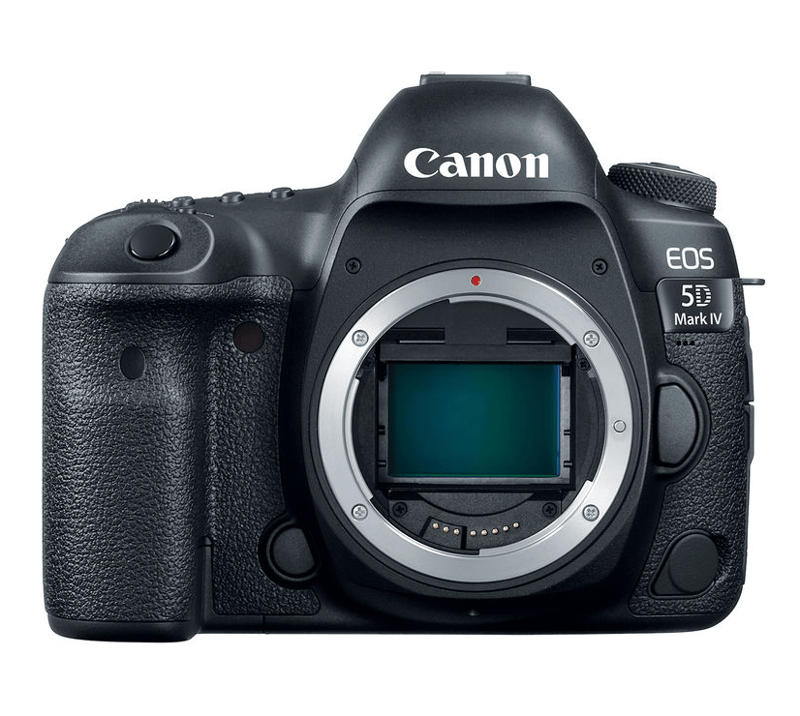Topics:
Video MarketingSubscribe now and get the latest podcast releases delivered straight to your inbox.
So you want to start shooting video, but you also want the ability to take great photos, well then DSLR cameras are perfect for you.
DSLR cameras have plenty of pros and cons, but being the head videographer here at IMPACT, I selected to use DSLR cameras because they are flexible in multiple environments. I have more control of the image that is produced with both video and photo. I can also get multiple tools and attachments to get the exact shot I am looking for.
However, DSLR cameras are not for everyone, and if you are looking for something simple that's strictly a video camera, I would recommend getting a prosumer camera (like the Canon XA10).
For the sake of this article, though, I am going to focus on DSLR cameras and give three options from Good, Better, and the Best DSLR cameras you should consider for your video and photo needs.
Getting Started
If you are just getting started with DSLRs, it can be quite intimidating and very confusing. Choosing the right camera is difficult because there are so many options and so many different brands.
For the sake of brevity, I will be focusing solely on the Canon models. I personally use Canon because it's the DSLR that I find to work best for me. However, with every option that will be listed, there are Nikon counterparts; so if you are a Nikon fan, you have similar options.
If you would like to see a more in-depth comparison of Nikon vs Canon, Check out camera, photo and video guru Jared Polin.
Good: Canon EOS Rebel T6i

First on the list is the Canon EOS Rebel T6i. The T6i is the perfect entry level DSLR, it gives you the creative control of some of the more expensive DSLRs while not breaking the bank. DSLR camera technology has come quite a long way in the past few years, and the T6i has some pretty neat features for an entry level DSLR.
What makes the Canon EOS Rebel T6i good?
This camera shoots in both JPEG and RAW format for photos and allows you to shoot in 1080p for a recording time of 29 mins 59 secs. Additionally, you have manual focus, autofocus, and continuous focus while shooting video. The camera build is high quality and it doesn’t have the feel of a cheap camera.
Bonus, you get a nice flip around screen, so if you are doing any video shoots on your own, you will be able to use this to make sure you are in focus.
A few cons...
With the T6i, you receive what is called a kit lens. This just means it's the lens that comes in the box with your camera. This is not that best, but if your budget doesn’t allow for an upgrade in lenses, this kit lens will get basic video needs done.
Another downside of this camera is that it’s not a full frame camera, it is an APS-C sensor camera. Even though APS-C sensors perform well compared to other sensors, they lack the low light ability compared to Full-Frame sensors. This is because for Full Frame cameras the amount of information being read on the sensor is greater and therefore more light is being let in, allowing you to shoot in darker environments. You will also notice with this camera that in your video viewfinder you will see a slight crop on your shots. To understand more about crop sensors and how they work check out this article from B&H.
This camera is very reasonably priced for an entry level DSLR camera, coming in at $749.00.
Better: Canon 7D Mark II

The Second camera on this list in the Canon 7D Mark II. Now, if you are a camera nerd like I am, you know there are better cameras than the 7D Mark II. The features that are in this camera are almost identical to the Canon T6i. It has the same APS-C sensor, it has all the same focus options.
BUT
What makes the Canon 7D Mark II better?
The reason why this camera is better than the Canon T6i is that you have the ability to shoot at 60 frames per second for video.
Now, most of the time I recommend you shoot at 1080p and 24 fps, but having the ability to change this and shoot at 60 fps allows you to get creative with the feel of realism in the videos. At 24 fps, it feels more cinematic and you feel like you are watching a video, but at 60fps, you get the feeling of actually being a part of the environment.
Also, this camera is fast at 10 fps, obviously this is for photos. The Canon 7D Mark II can shoot continuously at 10 fps and this has its advantages. While shooting continuously you will be able to hold down the shutter button and fire off 10 shots, thus allowing you to have a great selection to choose from. You will never have to worry about missing that perfect moment.
Now, let's talk battery capacity. We all know not having to always charge your battery is awesome. It means we can shoot more video and more photos. As mentioned by Imaging-Resource.com the Canon 7D Mark II shot 670 still images to the Canon T6i's 440 still images.
One thing to keep in mind, the batteries are different than the Canon T6i battery. So, if you do get the T6i before the 7D Mark II know that you will have to get a new set of batteries as well. Fear not, though, the Canon 7D Mark II batteries are the same type for the rest of the Canon DSLR lineup expect the Canon 1Dx Mark II line.
If you wanting to step your DSLR skills up and move on to something more advanced the Canon 7D Mark II is a great step.
Coming in at $1,349.00 (Body Only) is pricey for an APS-C sensor camera, and it does have fewer megapixels than the Canon T6i but you gain in areas like audio, fps for both photo and video, as well as battery capacity.
Best: Canon 5D Mark IV

We've arrived. I present the Canon 5D Mark IV, the camera every filmmaker has used, the Swiss army knife of DSLR cameras, and Canon’s latest version of the 5D series. This camera is a beast, and if you are an experienced DSLR user, you have heard the "ooh's" and "ah's" about this camera.
What makes the Canon 5D Mark IV best?
To start off, the Canon 5D Mark IV can shoot in 4K, which is becoming more standard in videos and filmmaking. This camera can shoot up to 7 fps at 30 megapixels. The 3.2” LCD screen is a touchscreen making the autofocus functions easier and more user-friendly, compared to the non-touchscreen Canon 7D Mark II. This camera is also a full frame camera, allowing for more control in lower light as well being able to use the full width of the sensor.
Just like the Canon 7D Mark II, the Canon 5D Mark IV has the ability to record to an external audio system. It also takes the same type of batteries as the Canon 7D Mark II, and you will also be able to use any lenses that are designed for the Canon EF mount system.
Something that hasn’t been mentioned yet is the storage systems for this camera. The Canon 5D Mark IV takes two types of storage, compact flash (CF) and the standard SD card.
If you have purchased the Canon T6i, good news, your SD card will work. You might want to think about getting a CF card, but it's not required. Also If you have a 7D Mark II, nothing has changed for you because it takes the exact same storage as the Canon 5D Mark IV.
Now, why should make this EXPENSIVE jump? Well, this camera is at the leading edge of DSLR technology and is truly the Swiss army knife of DSLR cameras. It shoots in 4K with 30 Mega Pixels, has autofocus capabilities, and a touch screen LCD.
Coming in at $3,499.00 (Body Only) you need to be certain that this is something you know how to use and that video and photo will be your life with this camera. It's not a camera that every marketing team needs, but if you are committed to the video and photo lifestyle, this is a worthy investment.
Final Thoughts
DSLR cameras are versatile and being able to upgrade along the way is important. If you stick to a certain brand, like I have with Canon, lenses or glass is usually transferable through the models.
I will say, DSLRs are not for everyone. They may not fit your budget (as you can see they can get a bit pricey) and if you only need simple video, the point and shoot kind, DSLR cameras are not for you.
If you are on the go, want total image control, be able to get creative and have the ability to upgrade along the way as your skills grow, then DSLR cameras are for you.
If you want to see all the cameras compared side by side click here.
Thank you so much for taking the time to read this article and please feel free to contact us with any DSLR, photo, or video questions.


Order Your Copy of Marcus Sheridan's New Book — Endless Customers!
